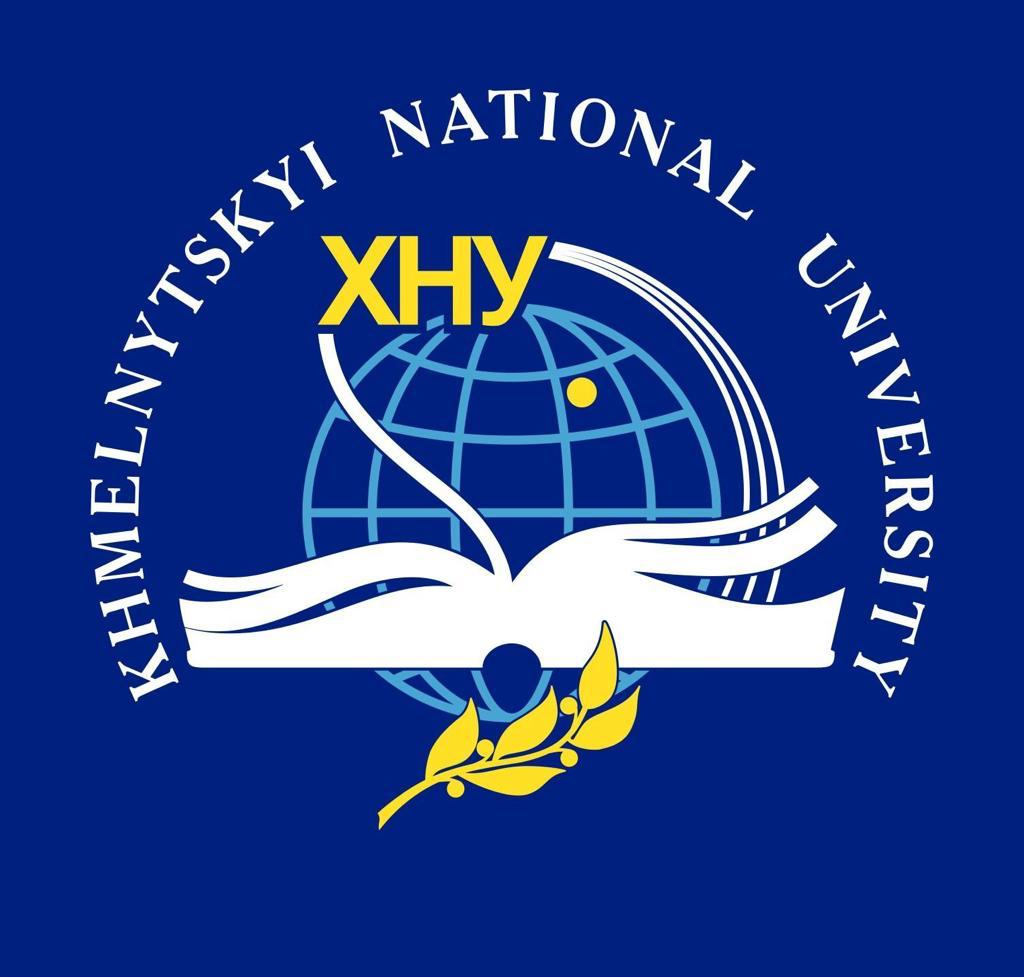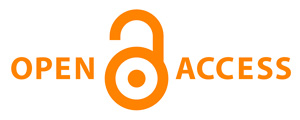SOMATIC LESSONS AS A MEANS OF IMPROVING STUDENTS' PSYCHOPHYSICAL CONDITION. MONITORING OF THE SEVENTH AND EIGHTH DOMAIN MAIA-2ukr
DOI:
https://doi.org/10.31891/pcs.2025.1(1).74Keywords:
interoceptive awareness, self-report, somatic movement, somatic movement classesAbstract
The materials presented in the article complete the research of the domains (subscales) of the psychophysical state of higher education students (1st year) according to the Multidimensional Assessment of Interoceptive Awareness scale. This questionnaire with eight subscales has a Ukrainian-language version, created and tested by the Ukrainian scientist Y. Voloshchenko, and is called MAIA-2ukr (2022).
Modern specialists are unanimous that a person needs to understand and be aware of his physical condition to reduce stress and choose an adequate load on the body. Future physical education teachers, trainers, instructors, and pedagogues should also possess self-control skills. Somatic movements help develop an awareness of the processes in the body and identify places in tension or spasm. With the help of the questionnaire, the respondents redirected their attention to their inner feelings, trying to be aware of what was happening.
A crucial methodical aspect of somatic movement classes is a story after practice about your experience in this class. Students focus their attention on self-reporting, realizing what happened to the body. Sometimes, people feel they have become "heavier" or "lighter" or cannot explain the sensation difference. Systematic classes gradually give a person a particular experience, and his body feels more individual and profound. It is interesting that somatic movement classes, even for the same group of muscles, are perceived differently because a person comes to a class already in a different state than he was in the previous class. A person's interoceptive awareness also affects the development of coordination abilities because every lesson has elements that are perceived as new.
To characterize the current state of students, we conducted a survey. Fifty people participated in the study: boys and girls aged 17-19, first-year students of the Faculty of Health, Physical Education and Sports of the Borys Grinchenko Kyiv Metropolitan University. In the previous articles, data was presented on the following subscales: "Noticing," "Not Distracting," "Not Worrying," "Attention Regulation," "Emotional Awareness," and "Self-Regulation." The next subscale (domain 7) is called "Body Listening," and the extreme subscale (domain 8), "Trusting," completes the analysis of our survey according to the MAIA-2ukr (2022) version.
References
Волощенко, Ю. М. (2021). Somatic movements as a concept in the modern paradigm of physical culture and sports. Освітологічний дискурс, 33(2), 29-44.
Voloshchenko, Y. (2023). Interoceptive awareness: Verification of the adaptation of the Ukrainian version of the Multidimensional Assessment of Interoceptive Awareness (Version 2) questionnaire among first-year students of Borys Grinchenko Kyiv University. Спортивна наука та здоров'я людини, (1 (9)).
Волощенко, Ю. М. (2024). Дисертація «Розвиток інтероцептивного усвідомлення здобувачів вищої освіти на основі соматичних рухів у процесі фізичного виховання» (Doctoral dissertation, Київський столичний університет імені Бориса Грінченка).
Holovach, I. (2023). Somatic lessons as a means of improving students' psychophysical condition. Physical culture and sport: scientific perspective (2). с. 187-192. ISSN 2786-6645
Holovach, I., Biletska V., Tsykoza Y. (2023). Somatic lessons as a means of improving the psycho-physical state of students. Monitoring of the second domain -2 ukr. Physical Culture and Sport: Scientific Perspective.(3), с. 17-24. ISSN 2786-6645
Holovach I., (2023). Somatic lessons as a means of improving the psycho-physical state of students. monitoring of the fourth domain MAIA-2ukr. Physical Culture and Sport: Scientific Perspective, (4), 18–25. https://doi.org/10.31891/pcs.2023.4.2
Holovach I., Biletska V., Tsykoza Ye., Petrova N. Monitorynh psykhofizychnoho stanu studentiv, yaki navchaiutsia za spetsialnistiu 017 fizychna kultura i sport. physical culture and sport: scientific perspective, 2024. № 2(1), S. 166–173. https://doi.org/10.31891/pcs.2024.1.65
Downloads
Published
How to Cite
Issue
Section
License
Copyright (c) 2025 Інна ГОЛОВАЧ

This work is licensed under a Creative Commons Attribution 4.0 International License.





